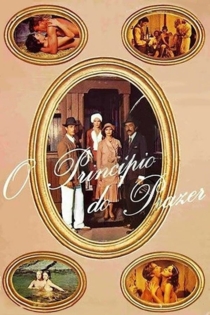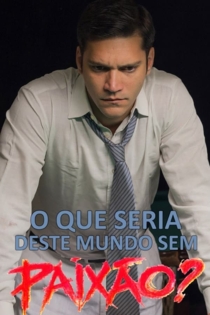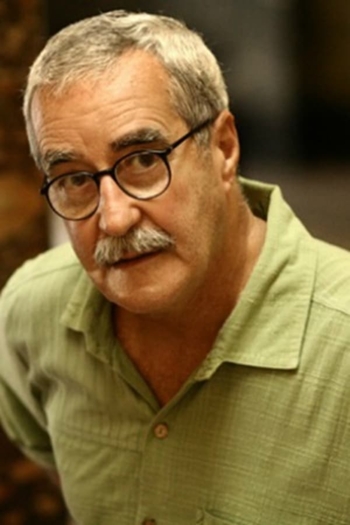
Luiz Carlos Lacerda
1945 (80 лет)Cinema em 7 Cores
Felipe Tostes, Rafaela Dias
Karim Aïnouz, Monique Lafond
Cinema in 7 Colors traces an historical panorama of how the queer people were portrayed in the Brazilian silver screens, from its origin in the chanchadas of the 1950s up to the present day. The film investigates the origins of the prejudices, stereotypes, as well as the importance of the identification with constructive representations of these characters.
Cinema in 7 Colors

Lampião da Esquina
Lívia Perez, Noel Carvalho
João Silvério Trevisan, Luiz Carlos Lacerda
Inspired by the US paper “Gay Sunshine”, in April of 1978 appeared in Brazil – during the dictatorship – the newspaper “O Lampião”, depicting the point of view of gays on various issues, including sexuality. A group of journalists and writers from Rio de Janeiro and São Paulo joined the project, fueling a publication that paved the way for the press at the time, addressing controversial issues at the period, such as racism, abortion, drugs and prostitution.
Lampião da Esquina: Lighting Up Brazilian Press
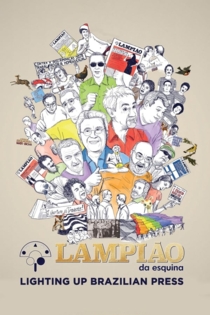
Crítico
Kleber Mendonça Filho
Aki Kaurismäki, Alain Riou
Seventy critics and filmmakers discuss cinema around the conflict between the artist and the observer, the creator and the critic. Between 1998 and 2007, Kléber Mendonça Filho recorded testimonies about this relationship in Brazil, the United States and Europe, based on his experience as a critic.
Crítico

Casa 9
Luiz Carlos Lacerda
Jards Macalé, Naná Vasconcelos
In the 1970s, in the midst of a military dictatorship, composer Jards Macalé and filmmaker Luiz Carlos Lacerda (Bigode) shared a house in Rio de Janeiro - which became a center of convergence for musicians, filmmakers and writers, and where they performed classic films and songs of Brazilian culture.
House 9
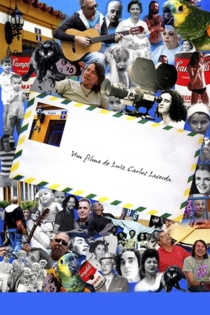
República dos Assassinos
Miguel Faria Jr.
Tarcísio Meira, Sandra Bréa
In 1970, the Esquadrão da Morte (Death Squad)' crimes for the refinement of violence provoked a wave of reactions throughout the country. The photos of the victims, adorned by the skull, symbol of the group, caused an uncomfortable indignation. This is the story of Mateus Romeiro, the most famous of the policemen, who was part of the Homens de Aço (Steelmen) group, one of the factions in which the squadron was divided.
República dos Assassinos
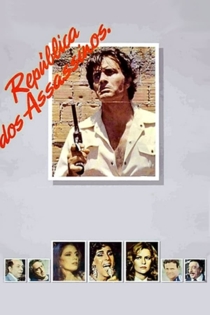
Como Era Gostoso o Meu Francês
Nelson Pereira dos Santos
Arduíno Colassanti, Ana Maria Magalhães
Brazil, 1594. The Tupinambás natives are friends of the French and their enemies are the Tupiniquins, friends of the Portuguese. A Frenchman is captured by the Tupinambás, and in spite of his trial to convince them that he is French, they believe he is Portuguese. The Frenchman becomes their slave, and maritally lives with Seboipepe.
How Tasty Was My Little Frenchman
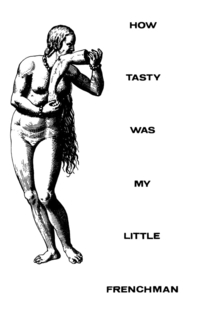
For All - O Trampolim da Vitória
Luiz Carlos Lacerda, Buza Ferraz
Betty Faria, José Wilker
1943, World War II. The northeastern coast of Brazil is an strategic region for the Allies. Giancarlo, an Italian immigrant married to a Brazilian woman, lives nearby the Parnamirin Field, the largest military base built by the USA outside of their territory. In this new base, Brazilian recruits who speak English suddenly find themselves reaching privileged positions.
For All - O Trampolim da Vitória
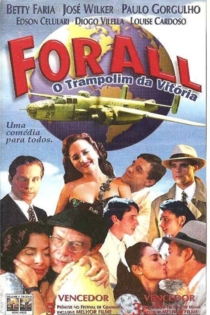
Gente Fina é Outra Coisa
Antônio Calmon
Ney Santanna, Maria Lúcia Dahl
Tadeu, a poor lad from the Northeast of Brazil, comes to Rio de Janeiro to try his luck. His good looks and education win him the favor of rich people. In his spare time, he becomes the favorite among lonely and rich ladies. Soon he gets involved in trouble.
Gente Fina é Outra Coisa






